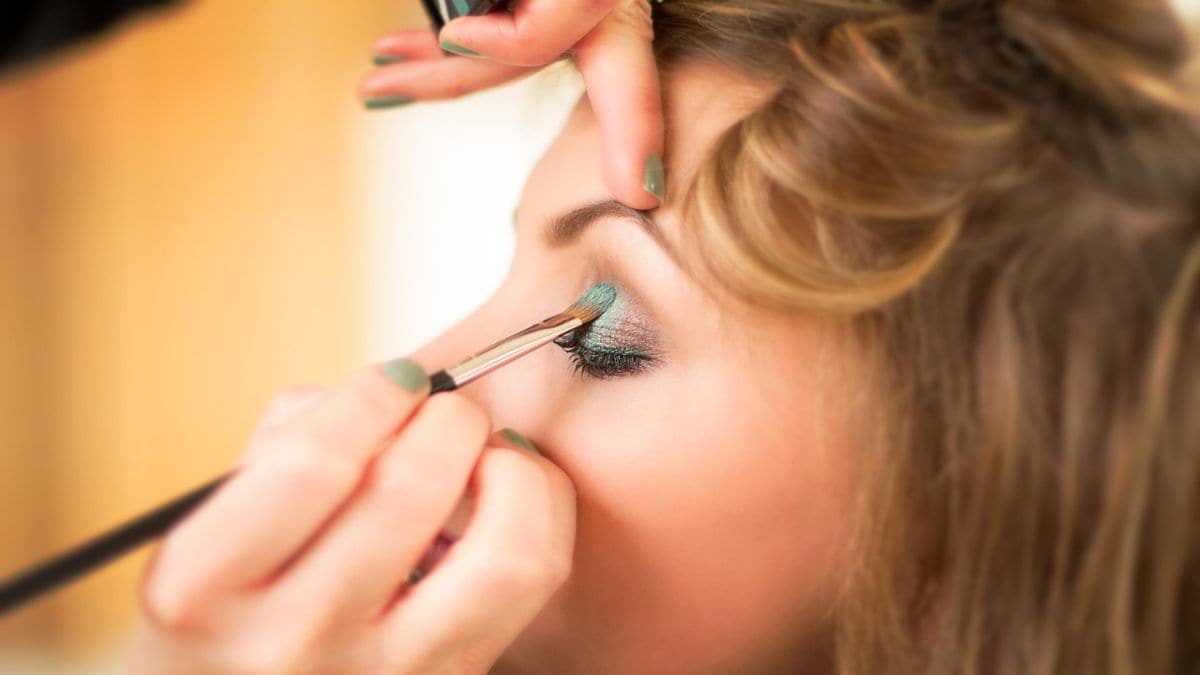The death of actor-model Shefali Jariwala has sparked a national debate on the safety of anti-ageing and skin-whitening products. As the discussion rages on, have you ever wondered what’s in your makeup and if it could cause more harm than good? It seems the government of India has asked this question and is now considering a ban on mercury-based cosmetics, citing the dangers it poses to the human body.
News reports state that the Centre is mulling a ban on mercury-based cosmetics after receiving a recommendation from a Drugs Controller General of India (DCGI) to ban such formulations — in accordance to the global Minamata Convention, which is designed to protect human health and the environment from the harmful effects of mercury and its compounds.
What is the government’s new move against makeup?
The Centre is considering a ban on all mercury-based cosmetics containing more than one ppm (parts per million of mercury) based on the recommendations passed by the DCGI. “Mercury use in the formulation of cosmetics has to be stringently discouraged/stopped,” the sub-committee recommended, according to minutes of a meeting reviewed by Mint.
In India, mercury content is already limited under Rule 39 (5) of Cosmetics Rules, 2020. In eye make-up, the level of mercury should not exceed 70 parts per million (0.007 per cent), calculated as the metal, as a preservative. In other finished cosmetic products, “unintentional mercury shall not exceed 1 ppm”.
However, the DCGI wants stricter standards, which align with the Minamata Convention that calls for a complete ban on the use of mercury.
Now, if the government does adhere to the DCGI’s recommendations, it would be looking to identify cosmetics containing mercury and phase out their sale from the $20-billion Indian cosmetics market and from online platforms this year.
For this purpose, the government may ask cosmetic companies to self-declare whether they use mercury. This will be followed by surprise lab tests and random sampling by regulators such as the Central Drugs Standard Control Organisation (CDSCO).
As an official told the Mint, “Keeping mercury stocks alive for even ‘safe’ proportions maintains its trade, creating multiple points for potential environmental contamination during stocking, manufacturing, procuring, and transportation.
“So, the logical step is to require manufacturers to self-declare their use of mercury, propose alternative formulations, and give them a strict deadline for phasing out mercury. These companies will also be required to give mandatory certification and random testing by the CDSCO by picking samples from the market.”
How dangerous is mercury in cosmetics?
Mercury has often been used in makeup products such as anti-ageing creams and eye makeup to skin-whitening lotions and nail polishes. Experts note that mercury has been added to cosmetics as it is has the ability to whiten skin. The World Health Organisation (Who) has earlier issued a warning against the use of mercury noting that the toxic chemical is used in skin lightening soaps, creams and cosmetics like eye makeup, cleansing products and mascara.
However, makeup formulations containing mercury pose dangers to the human body. Exposure to mercury can cause irritation. According to the US’ Food and Drug Administration (FDA), users could develop redness, itching and rashes. It could also lead to hives. Experts also note that prolonged use of mercury-based cosmetics could results in dermatitis, which is inflammation or the skin, or in extreme cases even cause permanent skin discolouration.
Mercury-based cosmetics could also penetrate the skin barrier and enter the bloodstream, leading to systemic toxicity; it could cause damage to the central nervous system, which could be seen in symptoms such as tremors, memory problems, mood swings, and cognitive dysfunction. The use of mercury-based makeup could also lead to kidney damage and can weaken the immune system, making the body more vulnerable to infections and diseases.
In fact, in 2022, there was a case of a woman in Minnesota in the United States, who lost part of her vision, as a result of mercury poisoning, most likely from using beauty creams containing high levels of the toxic chemical.
Experts also note that mercury in cosmetics is eventually discharged into wastewater. It enters the environment, where it becomes methylated, and enters the food chain as highly toxic methylmercury in fish. Pregnant women who consume fish containing methylmercury can transfer it to their offspring, resulting in neurological conditions.
“Mercury poisoning from skin-whitening creams can be very serious, as it causes nervous system damage that can be permanent,” said Dr Eric Lavonas, a toxicologist with Rocky Mountain Poison and Drug Safety in Denver, Colorado, and a spokesperson for the American College of Emergency Physicians, to F_ox News._
How prevalent is the use of mercury in makeup?
But despite the dangers of mercury, it is still used in cosmetics. In 2022, the Zero Mercury Working Group tested 271 products bought in 15 countries over a 13-month period and found nearly half to be contaminated with the dangerous heavy metal at levels above 1 part per million (ppm).
Michael Bender, international coordinator with the Mercury Policy Project, told The Guardian, “We’re not finding 1 ppm – we’re finding products that are hundreds or thousands or tens of thousands of times above [1ppm. These levels are astronomical.”
And this January, cosmetics worth over Rs 7 lakh were seized for failing to adhere norms in Kerala. Tests conducted on lipstick and face cream samples revealed mercury levels exceeding permissible limits, with some samples showing mercury levels 12,000 times higher than allowed.
How can customers protect themselves?
If you want to steer clear of mercury-based products, the first thing to do is read — read the product labels carefully. Also, steer clear of skin-lightening creams as they tend to contain mercury.
Experts also note that customers should avoid buying “suspiciously” cheap products and shop from reputable stores. As Michelle Wong, a Sydney-based science educator and beauty influencer, told ABC News, “If there’s things that don’t seem right, things like misspelt words on the product, then it probably isn’t very legitimate.”
With inputs from agencies























